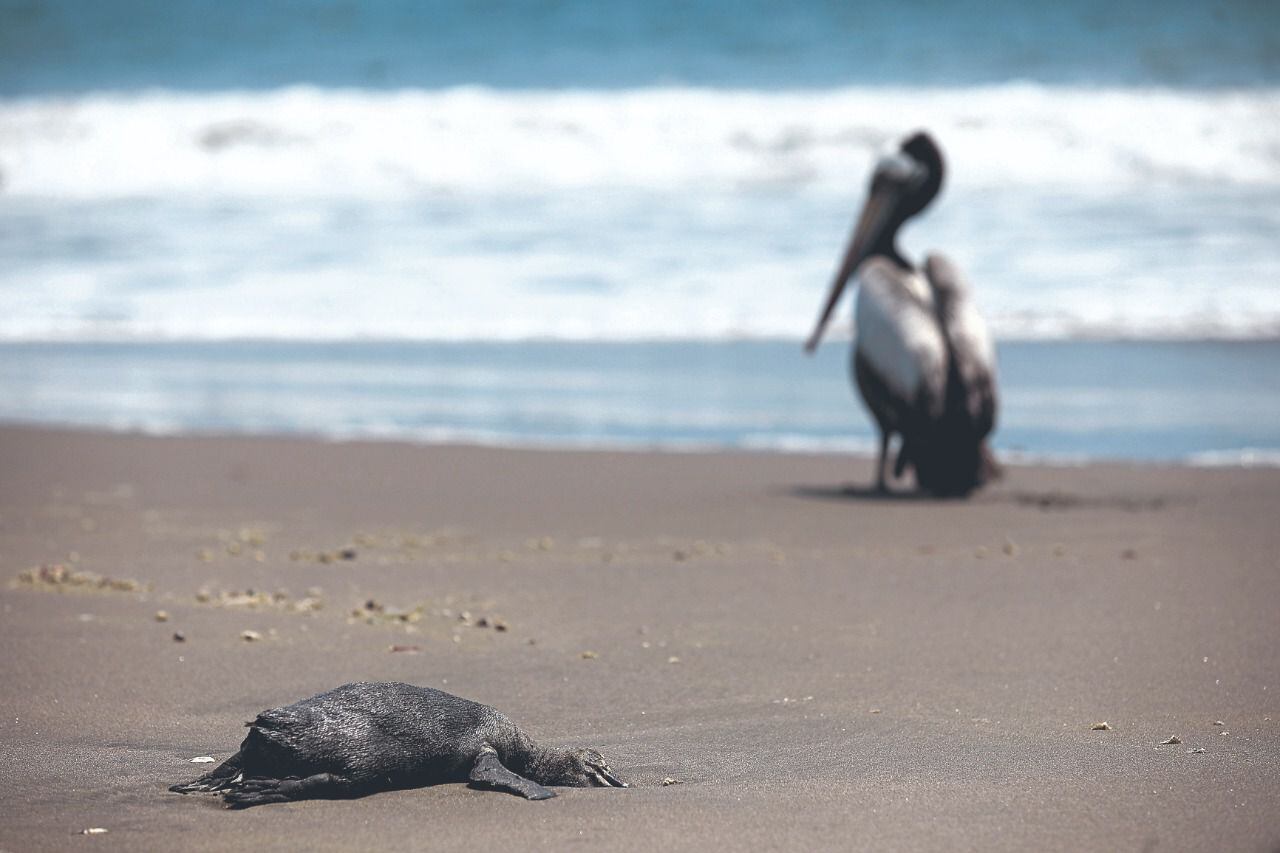
Nearly 9,000 sea lions, Humboldt penguins, chungungos, small cetaceans, and one surrogate have died so far this year due to the bird flu that affects with special severity the north coast of Chile.
Data from the National Fisheries Service (sernapesca) revealed this Thursday show that the disease -which managed to be transmitted to marine mammals, such as the sea lion- is present in 12 of the 16 regions of the country.
The last affected species is the huillina type of otter that is also a marine mammal, which washed up in the Magallanes region, the southernmost in the country.
“By having a new species and region confirmed, the active surveillance protocols of the coastal edge are activated, coordinating the burial of the stranded animals with the authorities in charge, thus seeking to prevent the spread of the virus.”, pointed out the acting national director of sernapesca, Stephen Donoso.
To date, in total “There are 7,654 specimens of sea lions, 1,186 Humboldt penguins, 25 chungungos, 19 porpoises, 12 Chilean dolphins and 1 dead stranded huillín on the country’s coasts“, He said sernageominit’s a statement.
The northern coasts of the country are the most affected.
Last weekend on the beaches of the Chañaral region, there were more than 227 strandings of dead sea lions and 45 Humboldt penguins.
At the end of March, Chile reported its first contagion of avian flu in humans: a 53-year-old man who suffered a case of influenza “serious”.
According to the health authorities of Chili there is no person-to-person transmission. Humans contract bird flu only through contact with sick animals.
Chili it has also detected the virus in wild birds.
Source: AFP
Source: Gestion
Ricardo is a renowned author and journalist, known for his exceptional writing on top-news stories. He currently works as a writer at the 247 News Agency, where he is known for his ability to deliver breaking news and insightful analysis on the most pressing issues of the day.












